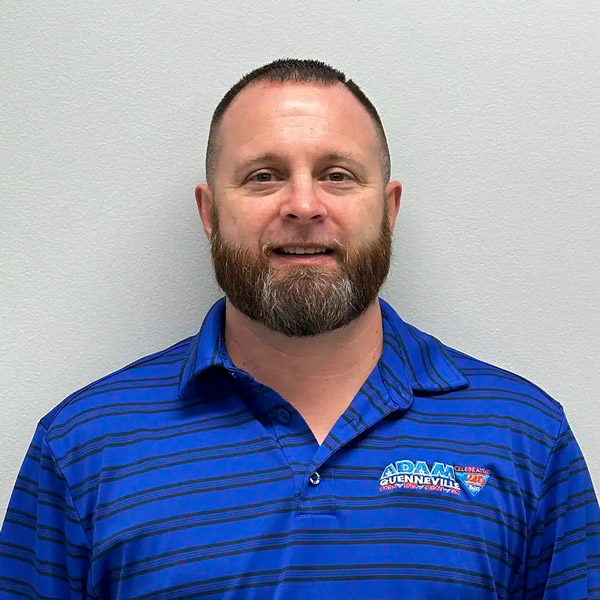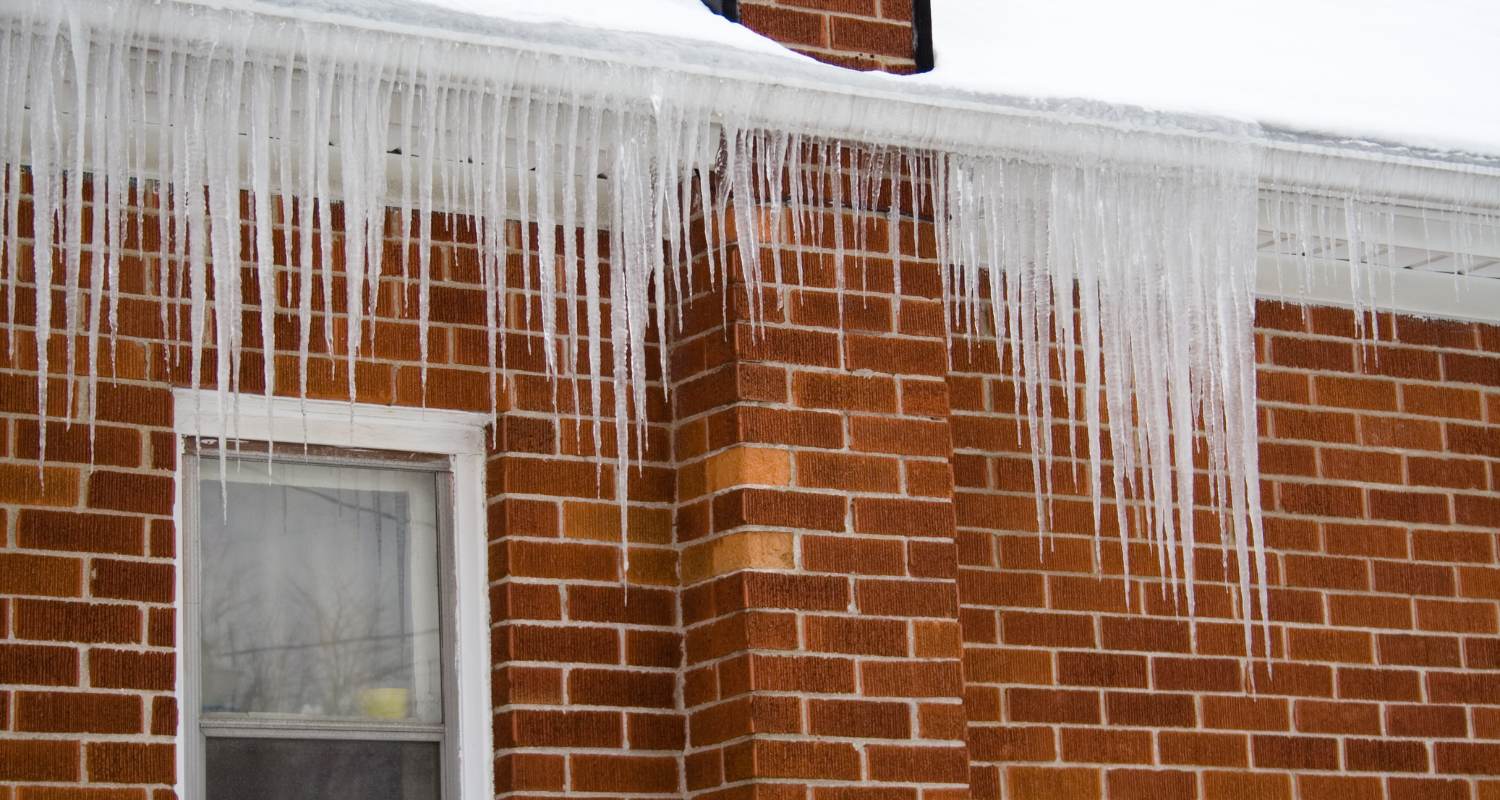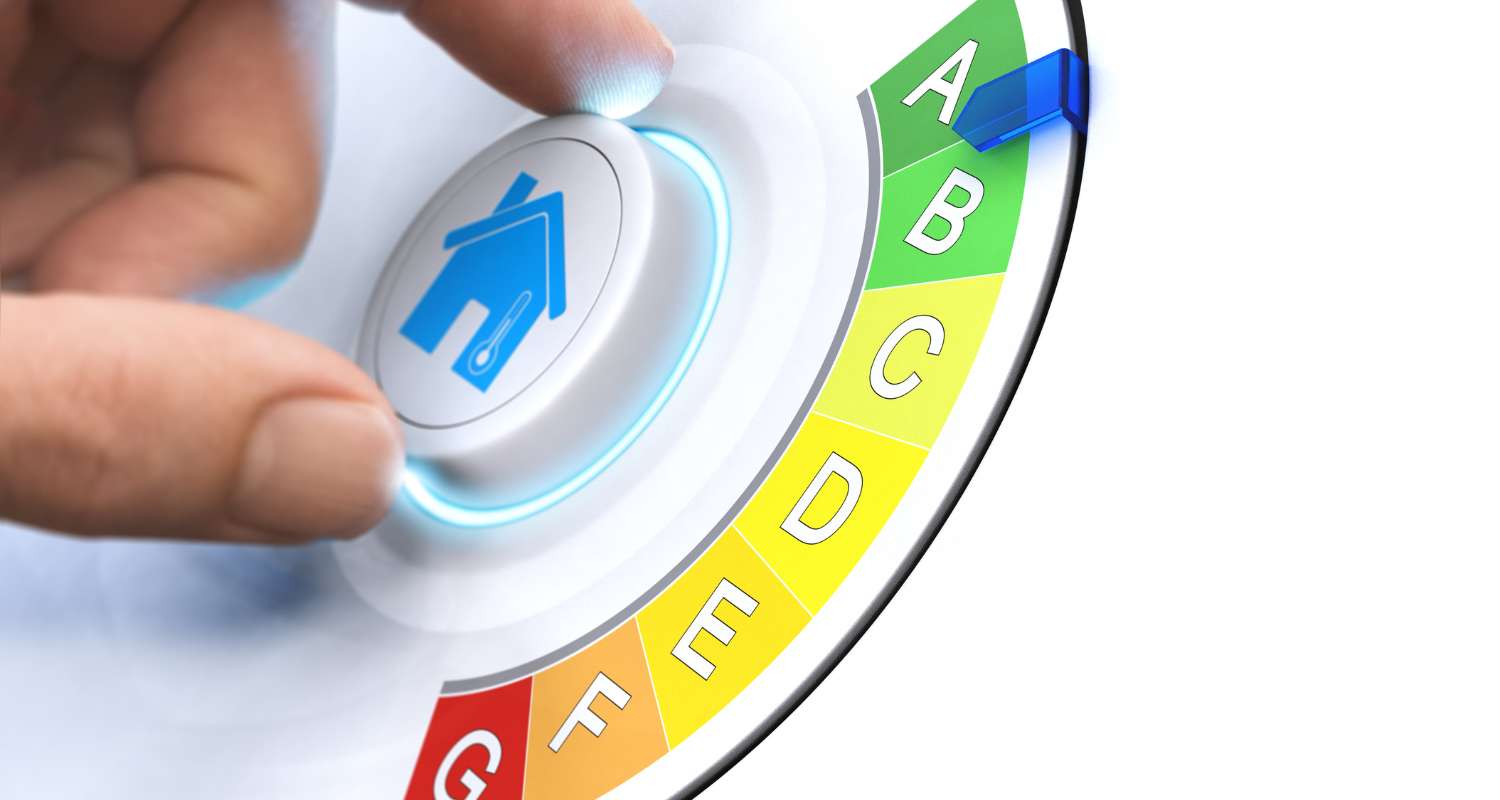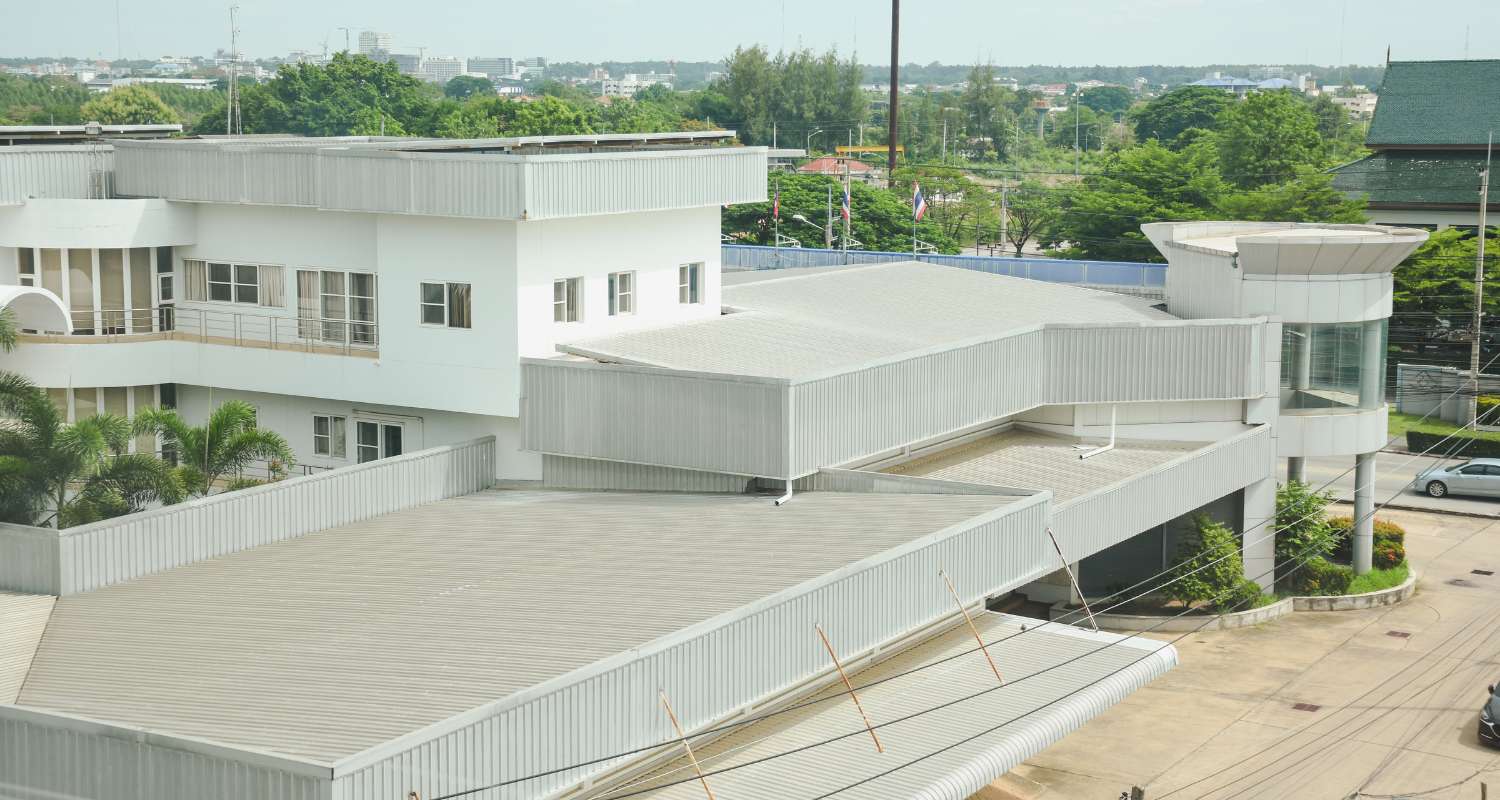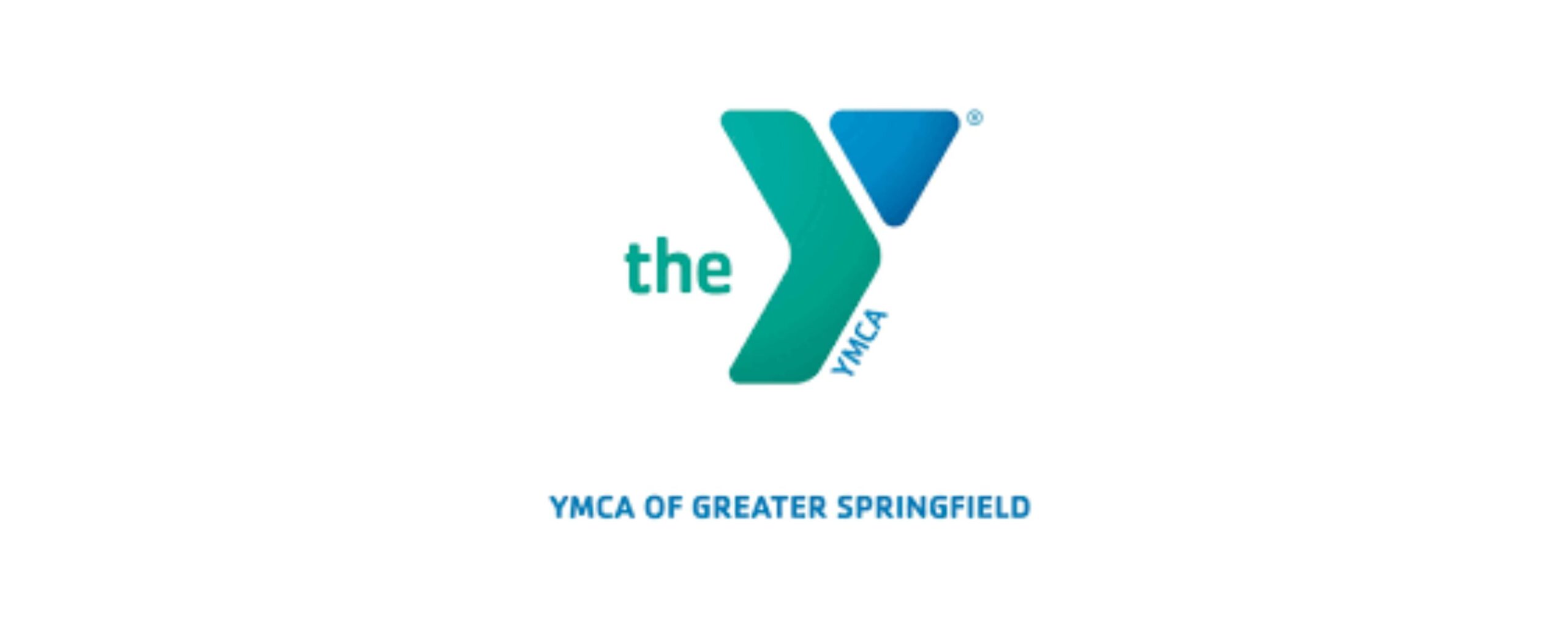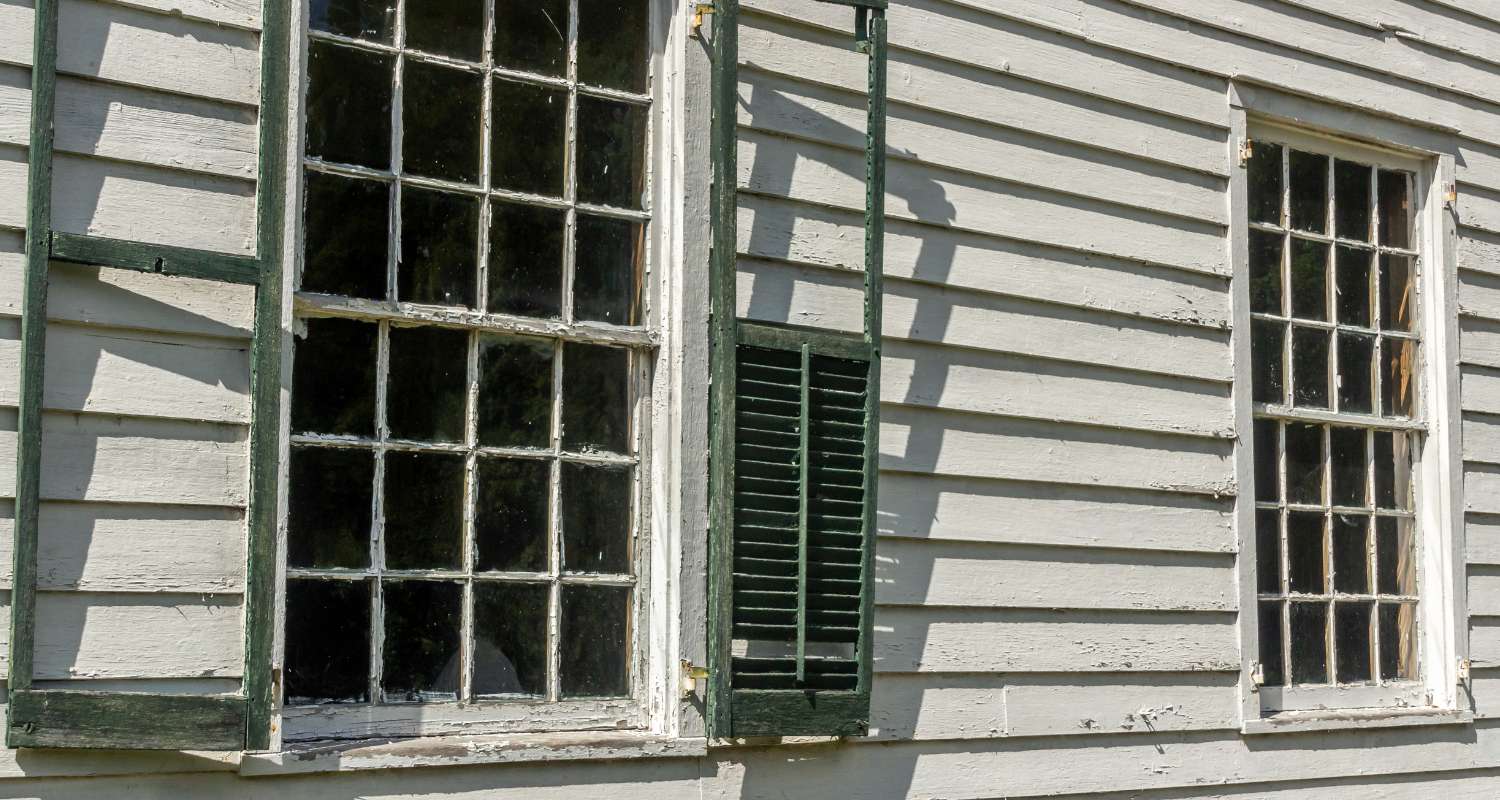A well-maintained roof is essential for protecting your home, acting as the first defense against the elements. Regular maintenance helps extend the life of your roof and ensures it can continue to protect your property. Ignoring this can lead to significant damage, costly repairs, and even the need for premature replacement.
Identifying signs of roof damage early can save homeowners money and prevent minor issues from becoming catastrophic. Timely repairs can also prolong the lifespan of your roof, maintaining its effectiveness and appearance. Understanding what to look for can help you address problems before they escalate, ensuring your home remains secure and dry.
Now, we will discuss the common signs of roof damage and guide you in deciding when to repair or replace your roof. By recognizing these signs early, you can take proactive steps to maintain your home’s integrity and avoid unexpected expenses.
9 Common Signs of Roof Damage
Identifying the early indicators of roof damage is crucial for homeowners. These warning signs will help you identify the need for a professional roofing contractor. Knowing what to look out for can help you maintain your roof’s condition and ensure it continues to perform its critical role effectively.
1. Missing or Damaged Shingles
Shingles are the first line of defense against the elements and play a critical role in protecting your home from strong winds. When shingles are missing, damaged, or deteriorating, it can lead to leaks and other structural issues. Regular inspections can help identify this damage early.
Missing, cracked, or curled shingles indicate that your roof may need repairs. These defects can compromise the roof’s ability to repel water and may lead to leaks. Addressing these issues promptly can prevent further damage to your home.

When shingles are damaged, the underlying areas of the roof become susceptible to water infiltration and further deterioration. If not addressed quickly, this can lead to more extensive and expensive repairs. Regular maintenance checks are crucial to identify and rectify such issues.
2. Granule Loss
Asphalt shingles shed granules over time due to weathering, a normal part of aging. However, excessive granule loss can accelerate the aging of shingles by exposing the underlying material to the elements.
When you notice significant granule accumulation in gutters or downspouts, it’s often a sign that your shingles are wearing out. This can leave the shingles vulnerable to UV damage and premature aging, compromising their effectiveness.

3. Roof Flashing Issues
Flashing seals the intersections and protrusions on the roof, such as around chimneys, vents, and skylights. These areas are particularly vulnerable to leaks.
Deteriorated or improperly installed flashing can lead to water infiltration, which can cause significant damage to the interior of your home. Regular inspections can help ensure the flashing is in good condition and functioning properly.
4. Algae or Moss Growth
Moisture and shade create ideal conditions for algae or moss to grow on roof surfaces. This growth can be more than just an aesthetic issue; it can lead to serious damage.
Algae and moss can retain moisture against the roof surface, potentially leading to shingle deterioration and rot. Managing vegetation and ensuring adequate sunlight can help prevent these problems.
5. Clogged or Damaged Gutters
Gutters are critical in channeling water away from the roof and foundation. When they function properly, they help prevent water damage to homes.
Clogged or damaged gutters can lead to water backup, which may overflow and seep under roof shingles, causing potential leaks and damage to the roof and home’s structure. Regular cleaning and maintenance are essential to ensure they are working correctly.

7. Pooling Water
Pooling water on the roof shows poor drainage and can lead to leaks and water infiltration. It’s often seen in flat roofs but can occur on poorly drained roofs. If standing water infiltrates your home’s electrical wiring, it can lead to electrical hazards. To avoid these risks, it’s important to ensure proper roof drainage.
Long-term pooling can increase the risk of rot and structural damage to the roof. Ensuring proper drainage and regular inspections can help mitigate these risks.

8. Poor Structural Integrity
Cracks in the walls, ceilings, or foundations can be signs of structural issues related to the roof, such as uneven settling or heavy loads. Doors and windows that stick or don’t close properly can also indicate shifting or settling of the structure, often related to roof issues. Separation of chimneys or other structures from the house can signify shifting or failure in the roof structure, requiring immediate professional attention.
9. Excessive Weight on Roof
Heavy snowfall or accumulated debris can exert excessive pressure on the roof, leading to structural damage or even collapse. Fallen tree branches and debris from recent storms can cause significant uneven pressure on roofs, leading to damage that needs immediate repair to prevent further issues.
Interior Signs of Roof Damage
Homeowners should also be vigilant for interior indicators of roof damage. These can often provide early warnings of problems that are less visible from the outside. Here are some interior signs to watch for:
- Water Stains on Ceilings or Walls: Discolored or damp spots on interior surfaces can signify a leak, potentially indicating a breach in the roof or flashing.
- Peeling or Bubbling Paint: This can occur when moisture infiltrates the walls or ceiling, often due to a leaky roof.
- Musty Odors: Persistent musty smells in your home can often indicate moisture problems from roof leaks.
- Sagging or Warped Ceilings: A sagging or warped ceiling can indicate structural issues with the roof framing, suggesting that immediate repairs may be necessary.
- Attic Discoloration or Moisture: Stains, dampness, or condensation in the attic can point to roof leaks or ventilation problems, requiring prompt attention to prevent further damage.

When to Repair or Replace Your Roof
Determining whether you should repair or replace your roof depends on several factors. A few guidelines to help you make an informed decision include:
- Age of the Roof: If your roof is approaching or has surpassed its expected lifespan, roof replacement may be more cost-effective than ongoing roof repair.
- Damage & Wear: Extensive or widespread damage might require a roof replacement to protect your home.
- Internal Water Damage: Significant water damage inside your home can indicate that a repair may not be sufficient to address underlying issues.
- Energy Efficiency Concerns: An older roof causing higher energy bills due to poor insulation or air leaks may warrant installing more efficient roofing materials.
- Resale Value Considerations: A new roof can enhance the marketability and value of your home, making it a wise investment if you’re considering selling.
- Solar Preparations: You may need to repair or replace your roof before installing solar panels to ensure it can support the additional weight and to avoid the need for costly roof work after the panels are installed.
Signs of Roof Damage? Receive Reliable Roofing Services With Adam Quenneville
In the end, recognizing the signs of roof damage early can significantly extend the life of your roof and prevent costly repairs or replacements. From missing shingles or shingles on the ground to interior water stains and missing caps, each indicator serves as a warning that requires immediate attention to maintain your home’s structural integrity and safety. By consulting a professional roofing company like Adam Quenneville Roofing & Siding, you can ensure that your roof is evaluated accurately and any necessary actions are taken to preserve its condition and performance.
Our experts can assess the damage, consider all relevant factors, and recommend the best solution—repair or replacement. At Adam Quenneville Roofing & Siding, we pride ourselves on honest assessments and quality workmanship and offer routine roof inspections to identify potential issues before they become major problems, ensuring the longevity of your roof.. Call us at (413) 366-3834 or visit our website at https://1800newroof.net to schedule your consultation today.

